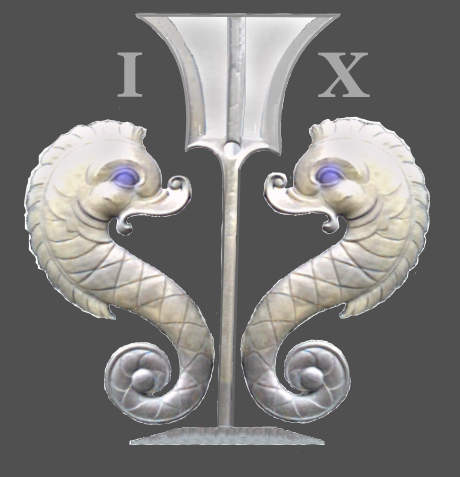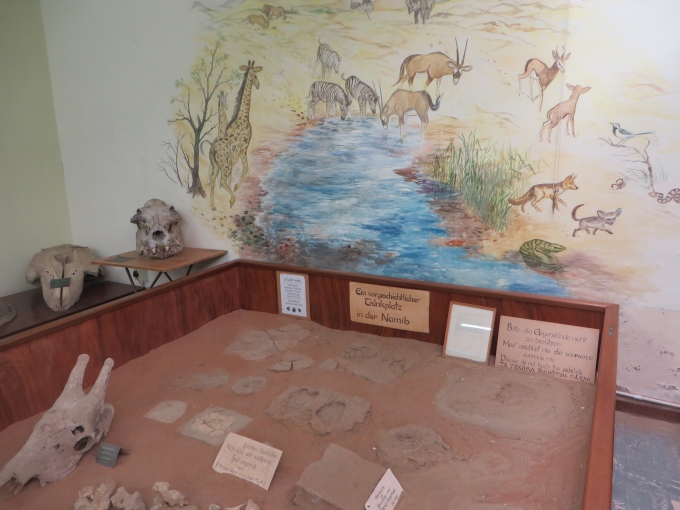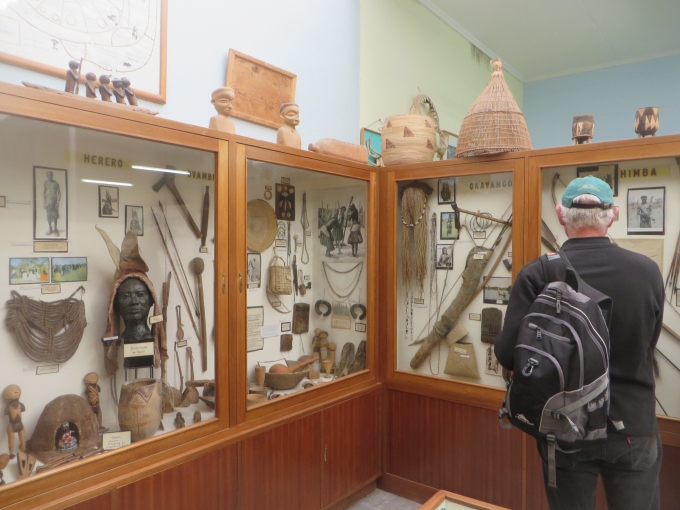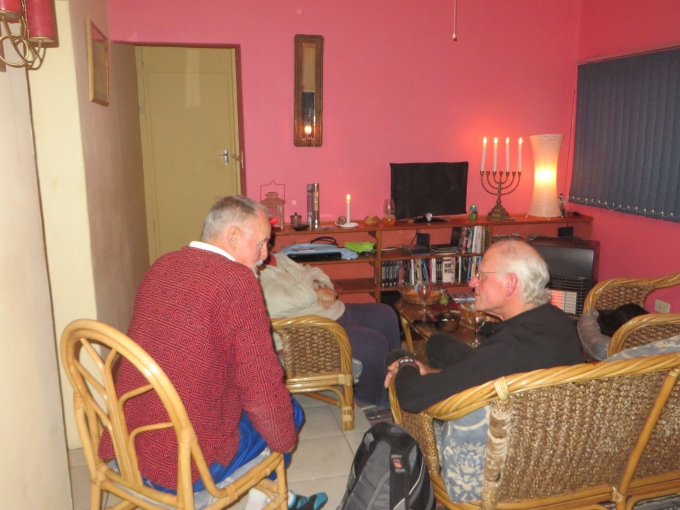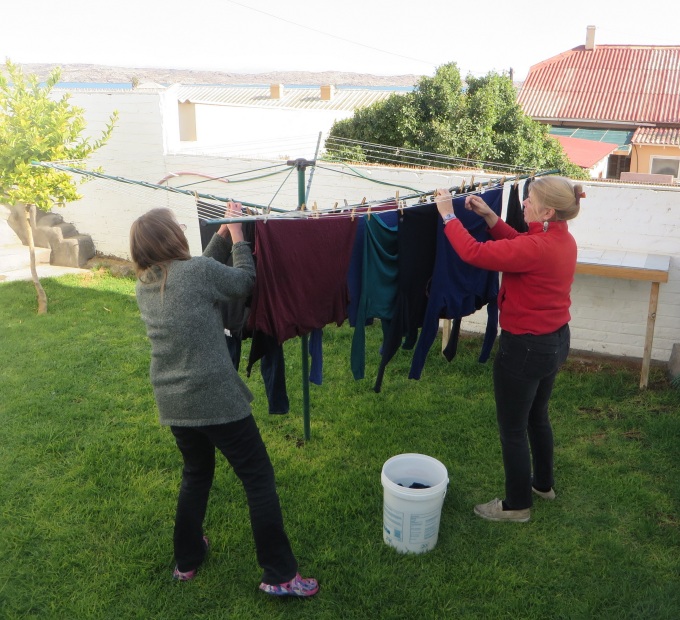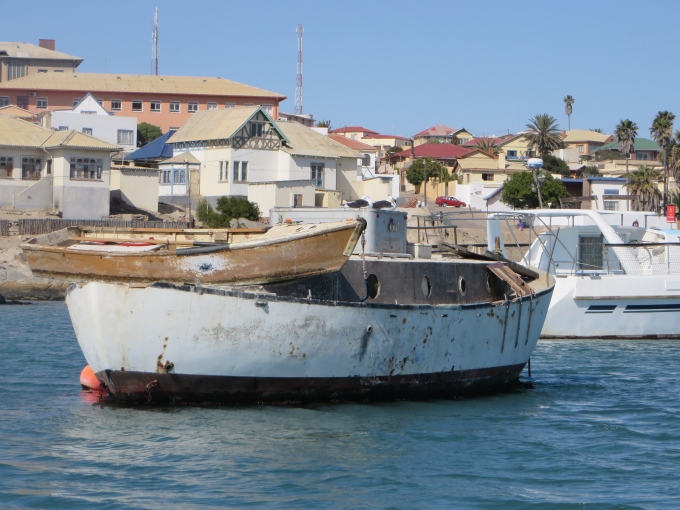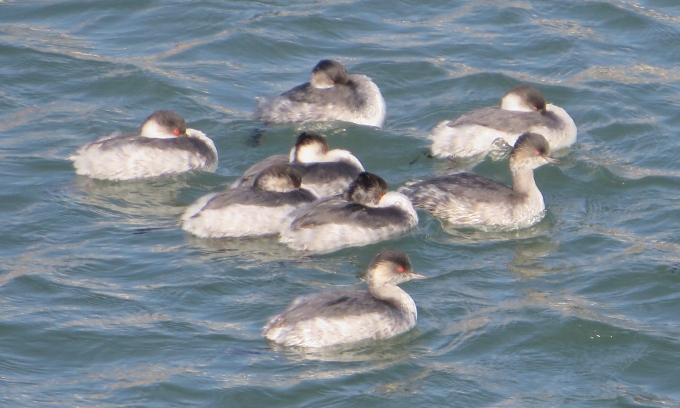Lüderitz Museum...not much to see
/The Lüderitz Museum has probably seen better days. We're keen to visit local museums because the exhibits usually provide a more personal, neighborhood quality to the information presented … information you probably couldn't find on the internet. Only open from 15:30-17:00 Mondays through Fridays, the museum hours alone should have given us some indication that there wasn't much to see or digest. We entered the nondescript, brick-faced building and paid our N$15 a piece (US$1.35) and wandered around the one-room, fluorescent-lit exhibit area.

Founded in 1966, we're not sure that the exhibits have changed much since their original installation. The exhibits were old and tired and not very special. There was an exhibit about diamonds … but no actual diamonds on display … not even little, crappy, industrial ones. The information provided wasn't any more than we could have picked up on the net. We might have thought that the local NamDeb office (Namibia-DeBeers diamond consortium) would have contributed a shekel or two to making the display a bit more interesting since it's such a major part of Luderitz's heritage.
One small exhibit featured local animal bones and skulls. Faded bird specimens were mounted here and there. Some whaling pictures and a whale skeleton took up some of the real estate. Various vintage black and white photos hung on the walls. In the center of the room was a sitting area, offering 2-year old Air Namibia in-flight magazines. A display of minerals could have been interesting, but it was kind of crowded and most of the placards were in German only. The requisite military display was pretty lackluster.
A few people wandered in and out while we were visiting. Most left within 20 minutes or so. In all fairness, we realize this is a small town with limited funds for supporting a museum. So … for all our negativity, what did we like? There were a couple of interesting exhibits. At the entry door, there was a display of desert roses, sand crystal formations found in deserts that look like roses. Unfortunately, if you didn't know what a desert rose was when you walked in and saw them, you'd be no wiser after seeing them since there was no description of the exhibit at all.
The presentations on the local native people were interesting. There are several ethnic groups that inhabit the Namibian desert including the Himba, the Herero, the Nama, the Owambo and of course, the San (formerly known as Bushmen). Some handwoven baskets, tools and weapons were on display. We especially liked the information about bead-making from ostrich egg shells … talk about a time-consuming effort.
We always walk away from any experience with something and we did, but we were hoping for more.
